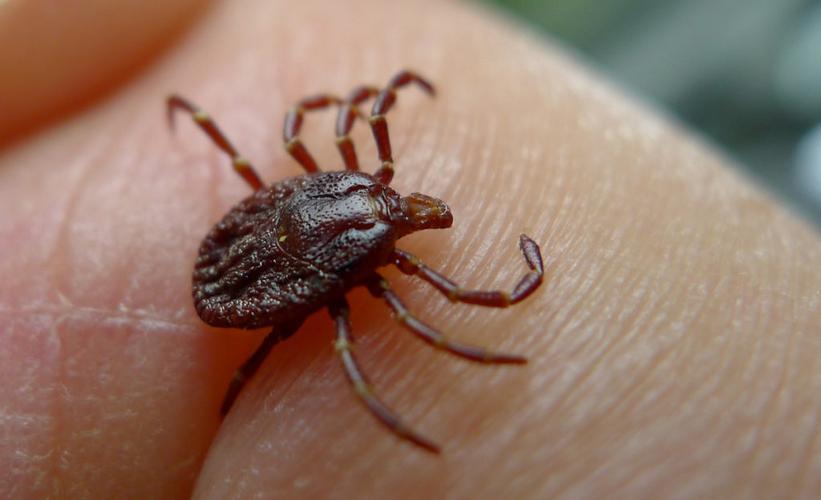
Images of Tick Bites: A Comprehensive Guide
Tick bites can be a common occurrence, especially during the warmer months when these tiny arachnids are most active. Recognizing the signs of a tick bite is crucial, as they can transmit diseases such as Lyme disease, Rocky Mountain spotted fever, and ehrlichiosis. In this article, we will delve into the various aspects of tick bites, including their appearance, symptoms, and prevention measures. Let’s explore this topic in detail.
Understanding Tick Bites
Tick bites often go unnoticed due to their small size. However, they can leave behind a distinctive mark on your skin. To help you identify a tick bite, we have compiled a collection of images that showcase the different stages and appearances of these bites.

| Stage | Description | Image |
|---|---|---|
| Engorged | After feeding, ticks swell significantly in size. |  |
| Unfed | A tick that has not yet fed appears smaller and less noticeable. |  |
| Infected | In some cases, a tick bite may become infected, leading to redness and swelling. |  |
These images provide a visual reference to help you identify a tick bite and determine if it may be infected.
Recognizing Symptoms
While many tick bites are harmless, some can lead to serious health issues. It’s essential to be aware of the symptoms associated with tick bites, as early detection can prevent complications. Here are some common symptoms to look out for:
-
Redness and swelling around the bite area
-
Fever, chills, and fatigue

-
Headaches, joint pain, and muscle aches
-
Stiff neck
-
Rash, which may resemble a bull’s-eye pattern
Keep in mind that not all tick bites will result in symptoms, and some may not appear until weeks or months after the bite occurs.
Preventing Tick Bites
Preventing tick bites is the best way to avoid tick-borne diseases. Here are some tips to help you stay safe:
-
Wear long sleeves and pants when hiking or spending time in tick-infested areas.
-
Use insect repellents containing DEET, picaridin, or oil of lemon eucalyptus.
-
Perform regular tick checks on yourself, your family, and your pets after spending time outdoors.
-
Remove ticks promptly using fine-tipped tweezers, grasping the tick as close to the skin as possible.
-
Disinfect the bite area and wash your hands thoroughly after removing a tick.
By following these preventive measures, you can significantly reduce your risk of encountering a tick bite and the potential for tick-borne diseases.
Conclusion
Tick bites can be a cause for concern, but with proper knowledge and precautions, you can minimize your risk of encountering these pests. By familiarizing yourself with the appearance of tick bites, recognizing symptoms, and implementing preventive measures, you can protect yourself and your loved ones from tick-borne diseases. Remember, staying vigilant and informed is key to enjoying the outdoors safely.





